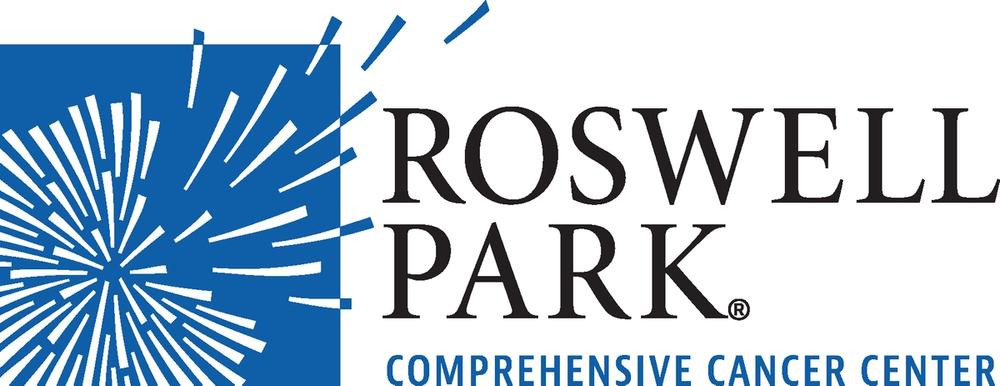
- December 2023
- Volume 17
- Issue 6
Your Workforce Should Reflect Your Community

Diversity, equity, and inclusion must be a centerpiece of nursing recruitment and retention.
Broadly speaking, nursing—as a profession—has not matched the diverse US population.
An analysis of the 2020 US Census data showed that more than 40% of individuals living in America identify as people of color.1 However, the registered nurse workforce is comprises only 19.4% of individuals from minority backgrounds, with the majority of the nursing workforce being White/Caucasian (80.6%).2 This is a huge concern given that many people in need of health care understandably seek care from providers within their own communities.
DON’T LET STRICT DEGREE REQUIREMENTS INHIBIT RECRUITMENT
The nursing profession is resilient. It has the capacity to pivot quickly and has multiple entry points for job seekers. It is important that nurse recruitment programs be built around those same valued traits.
Research going back almost 40 years has shown that nurses from minority backgrounds are a core component of health equity. Nurses from minority backgrounds are more likely to serve vulnerable populations and improve trust, communication, and comfort for patients. They are also more likely to attain leadership roles that help shape policy and develop programs aimed at improving the health of the nation.3
While the American Nurses Association authored a position statement in 1965 recommending a bachelor’s degree for entry into nursing,4 the organization acknowledged in its 2022 racial reckoning statement that advocacy for the baccalaureate as the minimum level of education for nurses has contributed to the disenfranchisement of nonbaccalaureate-prepared nurses—who were more likely to be from a minority background.5
At Roswell Park Comprehensive Cancer Center in Buffalo, New York, we apply a holistic approach to nurse recruitment by partnering with both associate and baccalaureate programs to provide educational opportunities for students and pathways into the organization. I have found academic programs to be more than accommodating in customizing academic programs that fit the needs of our nurses
INVEST IN ALL NURSING STAFF AND TECHNICIANS
Supporting nurses and trainees once they join your team is important. To attract the broadest and most inclusive nursing team, look at creative ways to help defer your employees’ tuition costs, ensure professional development time for all team members, and leverage managers’ and educators’ talents to support nursing staff in their professional growth.
Provide support for unlicensed nursing personnel to earn a degree and licensure in nursing by mitigating the most common barriers that one might experience in obtaining further education: family demands, finances, and lack of mentorship. At my center, we are developing a pilot program with an academic partner to fund 4 full-time positions annually. The positions would include 8 hours of work at our center per week during academic terms for those in an unlicensed ancillary role; another 8 hours would be devoted to the classroom, where a nurse educator would serve as a mentor and academic coach. This structure would allow the employee dedicated time for schoolwork as well as additional paid time for participating in the nursing program.
Research shows that multimodal support for diverse nursing students enables a higher educational success rate. Without support, obtaining further education is extremely difficult, and often is not feasible for individuals who need to work to support a family and may also have to juggle responsibilities in caring for children and/or older individuals.
CAPITALIZE ON THE ASSETS OF YOUR TEAM AND YOUR NETWORKS
Strong evidence supports the conclusion that diversifying our nursing populations is paramount for the achievement of health equity.6
Our nursing program at Roswell Park has achieved significant growth toward our diversity and inclusion goals by prioritizing inclusive culture, identifying strengths and opportunities within the organization, building career ladders and equitable pathways available to all our nurses, and partnering with professional associations and nursing programs.
I encourage all nurse leaders to look at ways your program can create pathways of support and opportunity. Capitalizing on the diverse backgrounds and skill sets of employees and job seekers can be a powerfully effective way to drive health equity and improve outcomes for oncology patients.
References
- Frey WH. New 2020 census results show increased diversity countering decade-long declines in America’s white and youth populations. Brookings Institution. August 13, 2021. Accessed October 17, 2023.
https://www.brookings.edu/articles/new-2020-census-results-show-increased-diversity-countering-decade-long-declines-in-americas-white-and-youth-populations - Smiley RA, Ruttinger C, Oliviera CM, et al. The 2020 National Nursing Workforce Survey. Journal of Nursing Regulation. 2021;12(1):S1-S96. doi:10.1016/S2155-8256(21)00027-2
- Phillips JM, Malone B. Increasing racial/ethnic diversity in nursing to reduce health disparities and achieve health equity. Public Health Rep. 2014;129 Suppl 2(Suppl 2):45-50. doi:10.1177/00333549141291S209
- Flanagan L. One strong voice: the story of the American Nurses’ Association. American Nurses Association.1976.
- Our racial reckoning statement. American Nurses Association. June 11, 2022. Accessed October 11, 2023.
https://www.nursingworld.org/practice-policy/workforce/racism-in-nursing/RacialReckoningStatement - Gomez LE, Bernet P. Diversity improves performance and outcomes. J Natl Med Assoc. 2019;111(4):383-392.doi:10.1016/j.jnma.2019.01.006
Articles in this issue
Newsletter
Knowledge is power. Don’t miss the most recent breakthroughs in cancer care.
















































































